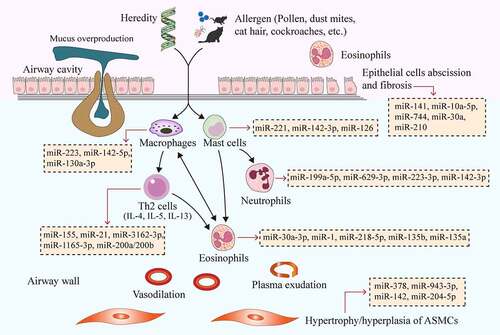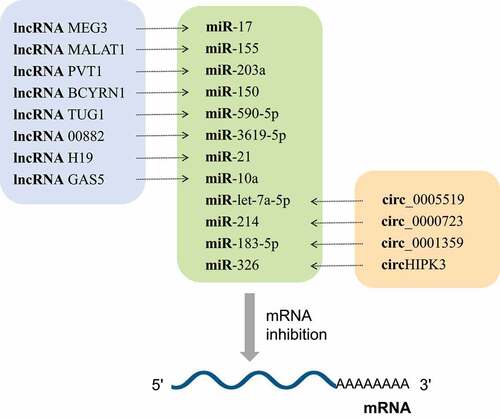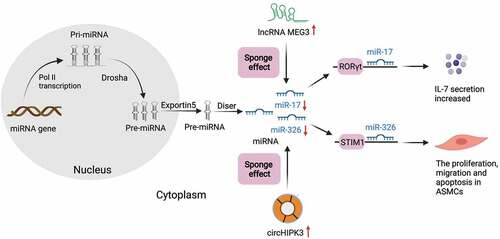Figures & data
Table 1. The role of miRNAs in the pathogenesis of asthma
Table 2. Function of lncRNAs involved in the pathogenesis of asthma
Table 3. Function of circRNAs involved in the pathogenesis of asthma



